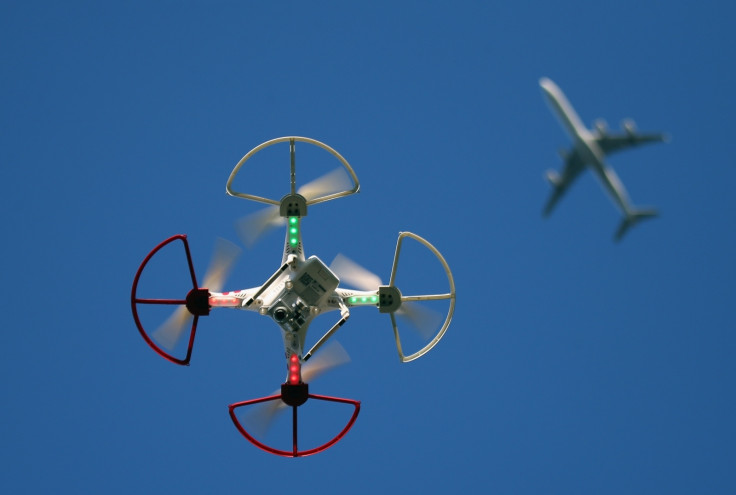US military can now seize or destroy consumer drones it considers a threat
The Pentagon has given the army permission to shoot down drones that fly over military airspace.

The US Army can now shoot down drones, both private and commercial, that it deems a threat. Sanction to do so came after the Pentagon passed a policy on drones that encroach upon the airspace of military bases and fly over no-fly zones, the Military Times reported.
Drones that pose a threat can also now be seized. Until now, the use of civilian or commercial drones over no-fly zones only resulted in fines and/or jail time.
Details of this policy are classified, but Pentagon spokesman Navy Captain Jeff Davis said that it broadly deals with "rules of engagement" for bases when faced with civilian or commercial drones.
Unclassified guidance has been sent out to all branches of the armed forces on how they can communicate this message with local communities. Davis said all bases, "retain the right of self-defense when it comes to UAVs or drones operating over [them]."
"The new guidance does afford of the ability to take action to stop these threats and that includes disabling, destroying and tracking."
This policy will be implemented across 133 bases around the country, according to the Department of Defense.
At this point it is not clear how each base will deal with drones that it considers a hazard. Exactly how each base will deal with a drone based threat, "will depend upon the specific circumstances" said Davis.
Lasers that can disable drones, radio jamming, nets, or actual bullets can all be used against UAVS. The French government is even training large birds of prey to bring down drones effectively.
FAA guidelines already restrict drones from several places. They are not allowed anywhere close to military installations, and cannot fly over national parks and large stadiums where events are under way. Besides, they are restricted from flying over a 5m radius around airports.
In order to comply with regulations, makers of drones have taken precautions like geo-fencing their UAVs. Drone enthusiasts also make use of maps that point out areas where drones are not allowed. However, these measures do not always work perfectly and the threat of hacking is ever present.
Grey areas exist in the Pentagon's latest guidelines on drone movement. While it is clear that drones will not be allowed over bases, there is no clarity regarding installations that are not strictly bases, but land leased by the army for use from civilians. Such areas, specifically the ones around farmland that contain missile silos are not no-fly zones and farmers use drones to monitor their farms and cattle. It is still not clear if such areas will also be included in the no-fly zone going forward, the report says.
© Copyright IBTimes 2025. All rights reserved.





















